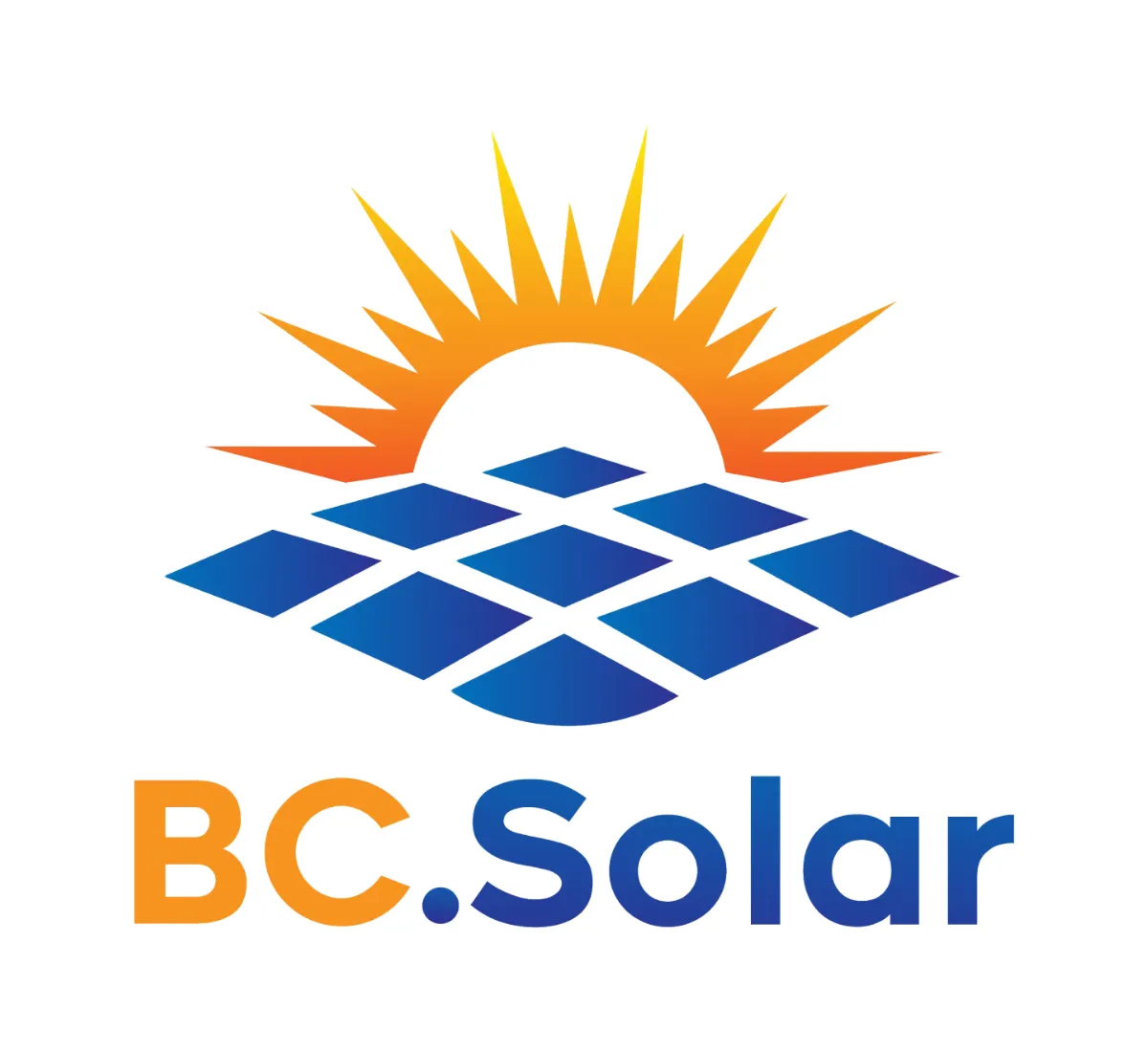
How Grid-Tied Solar Systems Work in Ohio Homes
How Grid-Tied Solar Systems Work for Ohio Homeowners
Grid-tied solar panel systems are the most popular residential solar setup in Columbus and across Ohio — and for good reason. They combine cost savings with reliability. Here’s how they work, and what you should know before installing one.
What Is a Grid-Tied Solar System?
A grid-tied solar system connects your home's solar panels directly to the public utility grid. When the sun is shining, your panels generate electricity for your home. If you produce more than you use, the excess goes back into the grid — often earning you credits through net metering.
At night or during cloudy days, your home draws power from the grid. It’s a simple, smart setup that maximizes your energy efficiency while keeping the utility as your safety net.
Key Components of a Grid-Tied Solar Setup
Solar Panels: Mounted on your roof or ground-mounted.
Inverter: Converts DC electricity from the panels into AC power for your home.
Bi-Directional Meter: Tracks electricity in and out for net metering credits.
Grid Connection: Ensures you stay powered even when the sun isn't shining.
Why Grid-Tied Solar Works So Well in Ohio
Columbus gets around 180 sunny days a year — more than enough for solar to make financial sense. With Ohio’s net metering rules, you can offset much of your utility bill, particularly if you design a right-sized system.
Brian Zaayer, owner of BC Solar, designs systems with battery options too — even for grid-tied setups. This means you're protected from outages and still benefit from utility savings.
Benefits for Ohio Homeowners
Lower Energy Bills: Use your own solar power first, and get credits for sending extra to the grid.
Federal & State Incentives: The 30% federal solar tax credit still applies, and Ohio’s property tax exemptions and SRECs add to your return.
Minimal Maintenance: Grid-tied systems are simple and low-maintenance.
Expandable: Start with panels, then add batteries later if desired.
Considerations Before You Install
Net Metering Eligibility: Confirm your utility provider supports it.
Roof Condition & Orientation: South-facing roofs are ideal.
Home Energy Use: Systems are sized to match your usage patterns.
FAQs
How much can I save with a grid-tied solar system in Columbus?
Savings vary, but most BC Solar customers see 50–100% offsets in their electricity bills, especially with well-sized systems and net metering.
Do I need batteries with a grid-tied system?
No — but many homeowners add them for backup. BC Solar specializes in hybrid systems that stay grid-tied but include batteries for outages.
What happens if the power goes out?
If you don’t have batteries, your system shuts down for safety. With batteries, your home can stay powered during outages.
Ready to explore grid-tied solar for your Ohio home? Talk with Brian at BC Solar. You’ll get a clear, honest assessment — no pressure, no gimmicks.
Contact BC Solar Today:
📍 777 Busch Ct, Columbus, OH 43229
📞 (614) 442-9700
🌐 bc.solar